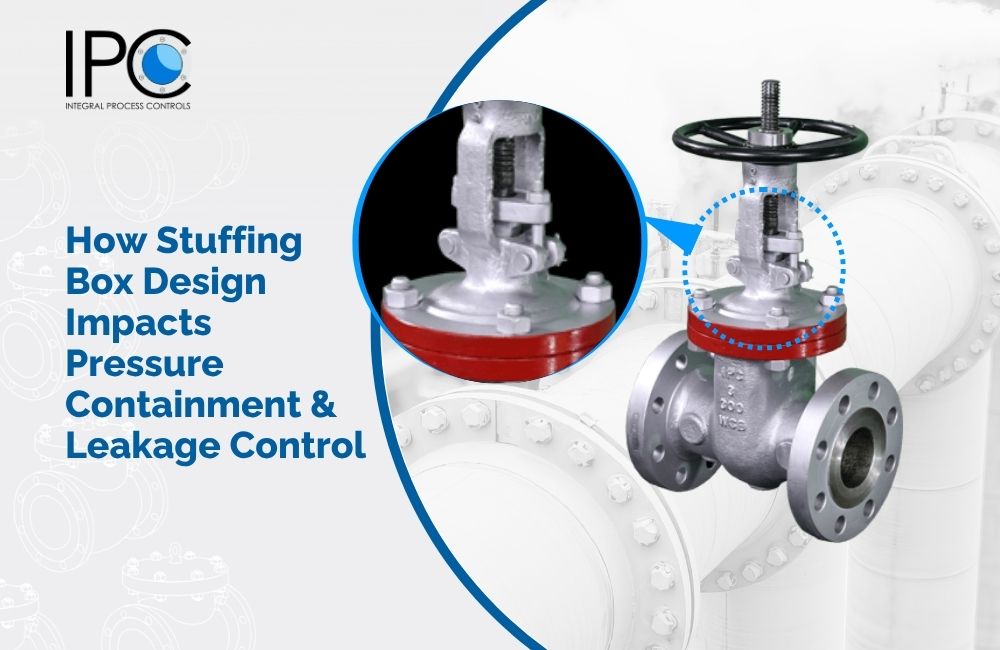What’s a stuffing box?
Three design levers that decide leakage
1) Gland packing design & compression
Good packing (material + density) plus even compression creates a uniform radial seal around the stem.
Too little load = leakage. Too much = stem wear/torque and early packing damage.
Anti-extrusion end rings and proper ring staggering help the stack stay stable under pressure surges.
2) Clearance & concentricity
Diametral clearance between stem and box bore must be tightly controlled. Big gaps encourage packing extrusion and leak paths; too tight increases friction and scoring.
Concentricity and stem straightness distribute packing stress evenly, preventing “hot spots” that leak.
3) Depth & ring count
Adequate stuffing box depth allows the right number of rings (and proper ring height), so load is shared through the entire stack not crushed at the top.
More effective sealing length = lower fugitive emissions and fewer re-tightening cycles.






Why stuffing box design matters for fugitive emissions
How IPC’s stuffing box design helps you run cleaner
Robust geometry: Deep stuffing box with controlled diametral clearances for stable, long sealing length.
Even load, less wear: Guided gland follower for uniform compression and reduced side-loading.
Extrusion control: End rings and precise surface finishes help prevent cold flow and micro-leak paths.
Low-maintenance sealing: Design that holds packing stress longer fewer re-tightens, fewer leaks.
Compliance-ready: Engineered to support low-emission sealing targets with appropriate packing selection.
Great valves don’t just hold pressure; they hold it cleanly. With the right packing, clearances, and depth, IPC’s stuffing box geometry helps keep what’s inside… stays inside cutting fugitive emissions and keeping plants safer and more efficient.
Need a low-emission solution? Talk to IPC’s applications team.

